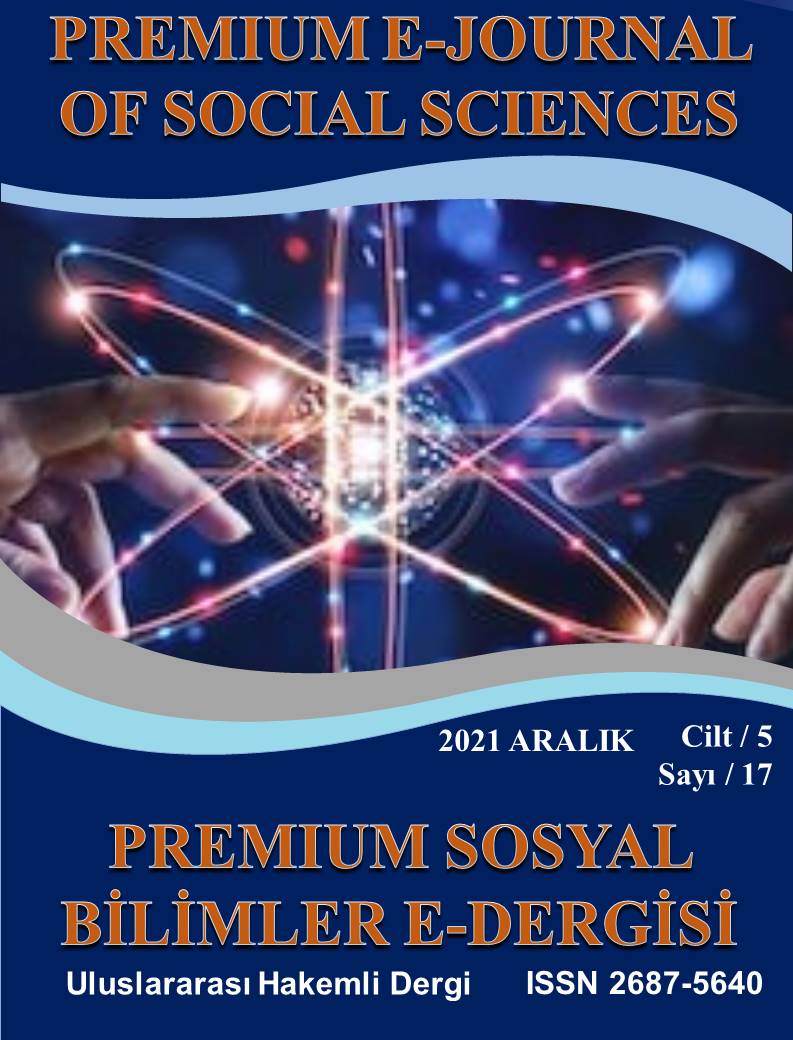DIFFERENT DIMENSIONS IN URBAN SECURITY: THE RELATIONSHIP BETWEEN POLITICS AND SECURITY
DOI:
https://doi.org/10.37242/pejoss.2189Keywords:
City, Security, Political, Public Administration, Actors, Pressure groupsAbstract
This article focuses on the security of the city in connection with politics and public administration. After the industrial revolution, there has been an increase in migration from rural to urban areas. Migration from rural to urban has brought many problems with it. Inadequacies in the infrastructure and superstructure for the increasing population began to appear. At the beginning of these problems, important problems related to urban security also emerged. The increasing population has paved the way for the formation of an inseparable link between urban security and politics. The aim of this study is to investigate how politics and public administration can contribute to urban security. On the other hand, it shows who are the important actors for urban security and what effects the political powers and other groups dealing with for public security can have. To contribute to the determination of the activities that individuals and groups struggling for urban security can do. It is to determine the issues where synergy between administrators and politicians can be transformed into action for urban security. In this study, the dimensions of the determinants affecting the security phenomenon will be discussed, with the rapid increase in crime, violence and terrorism in the context of their relationship with the problems in urban security. In today's world where rapid change is easily noticed, the rapid evolution of urban problems has expanded the scope of various and essential measures to the city's security needs.
Downloads
Downloads
Published
How to Cite
Issue
Section
License
Copyright (c) 2021 Premium e-Journal of Social Science (PEJOSS)

This work is licensed under a Creative Commons Attribution 4.0 International License.


